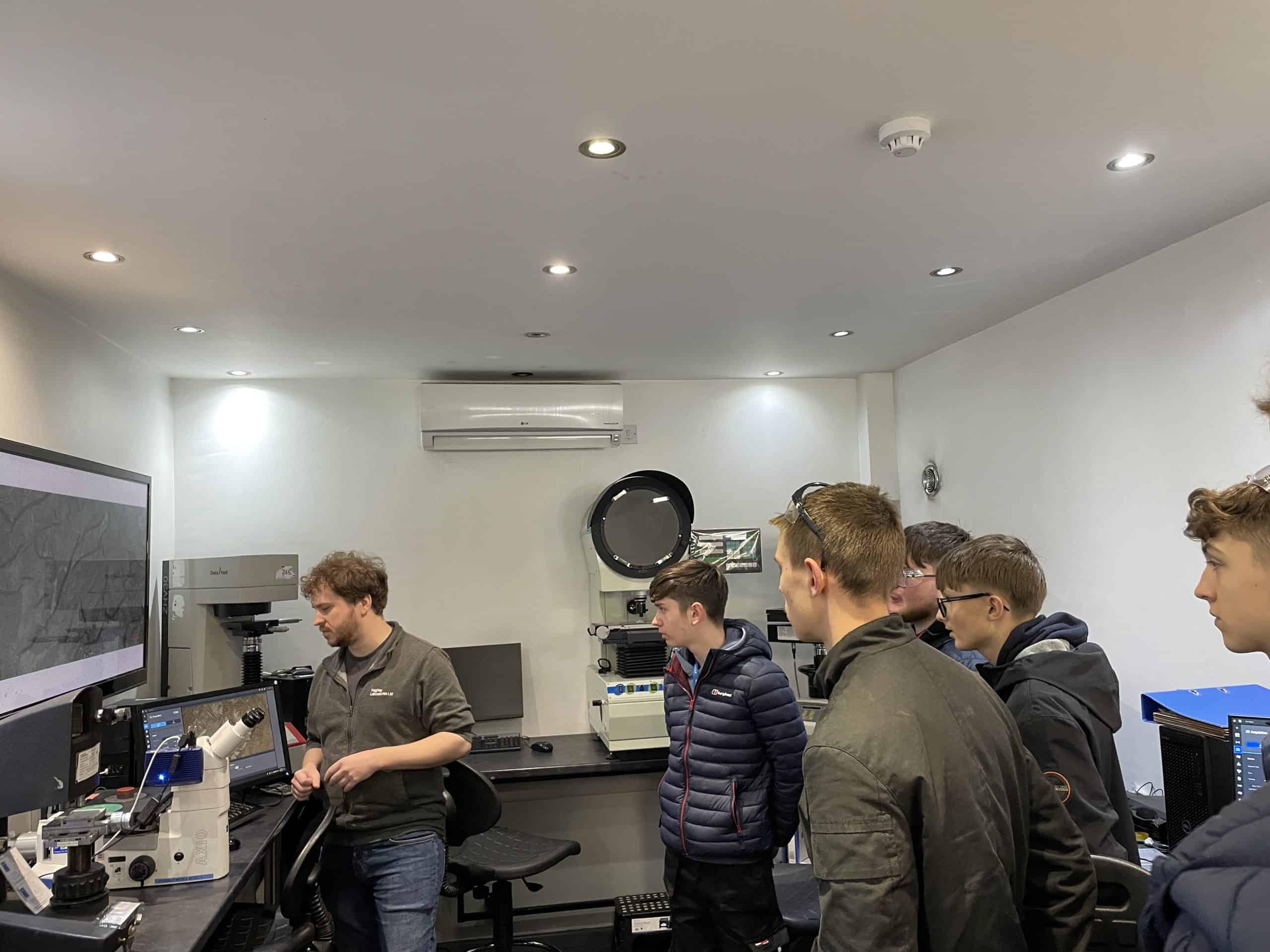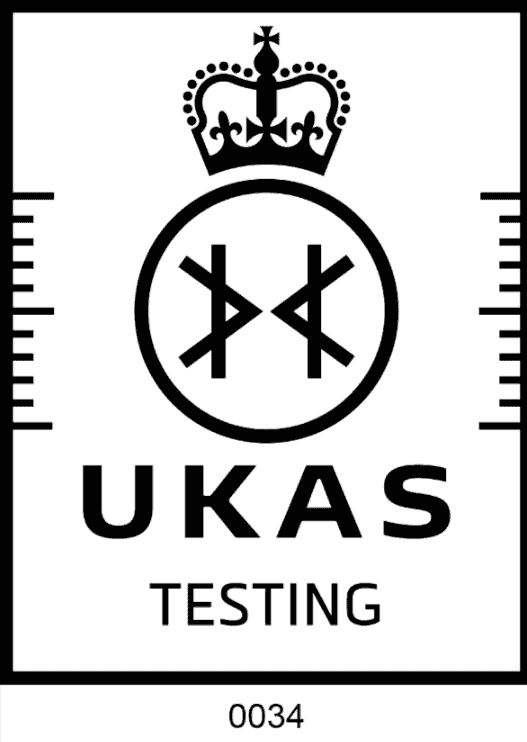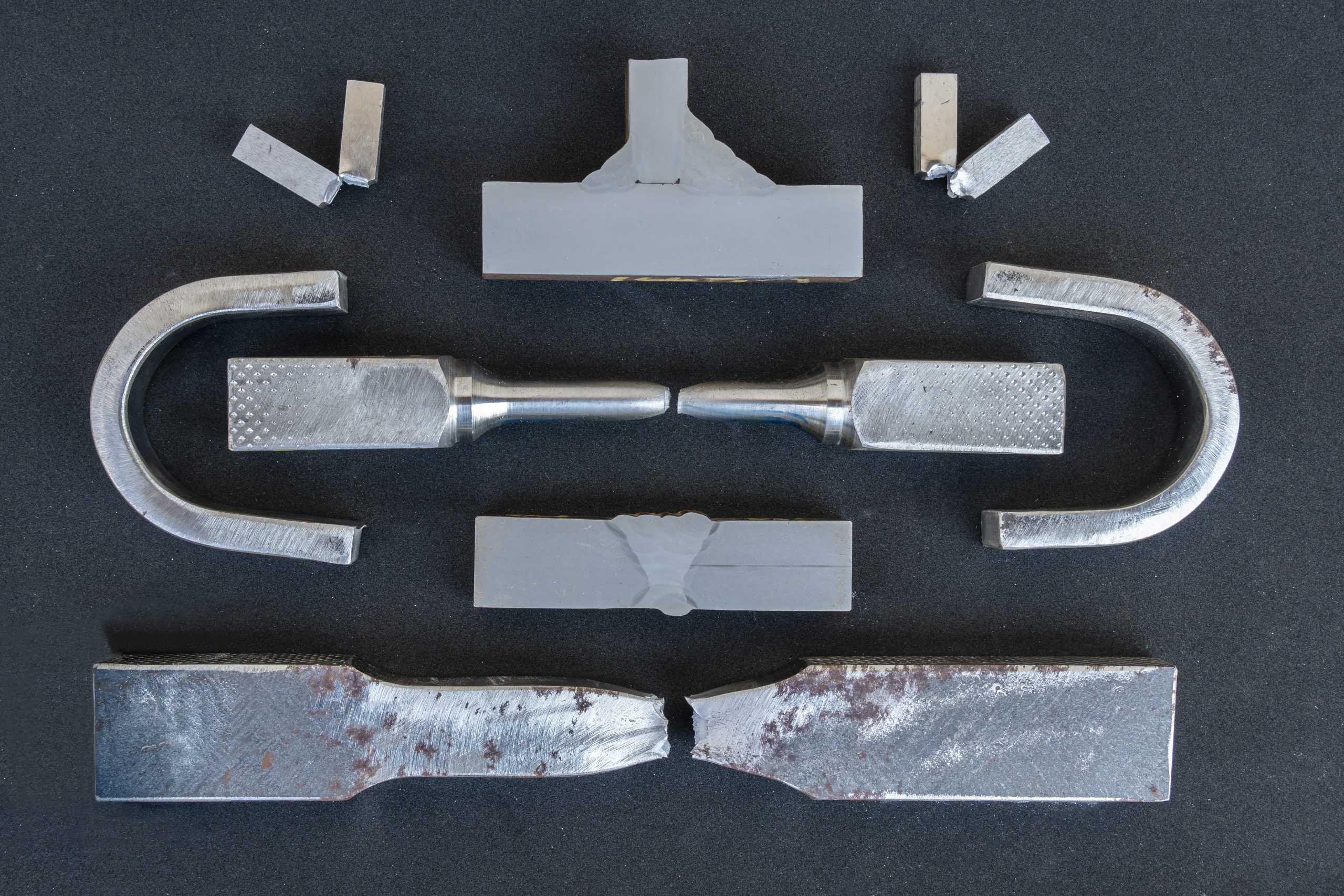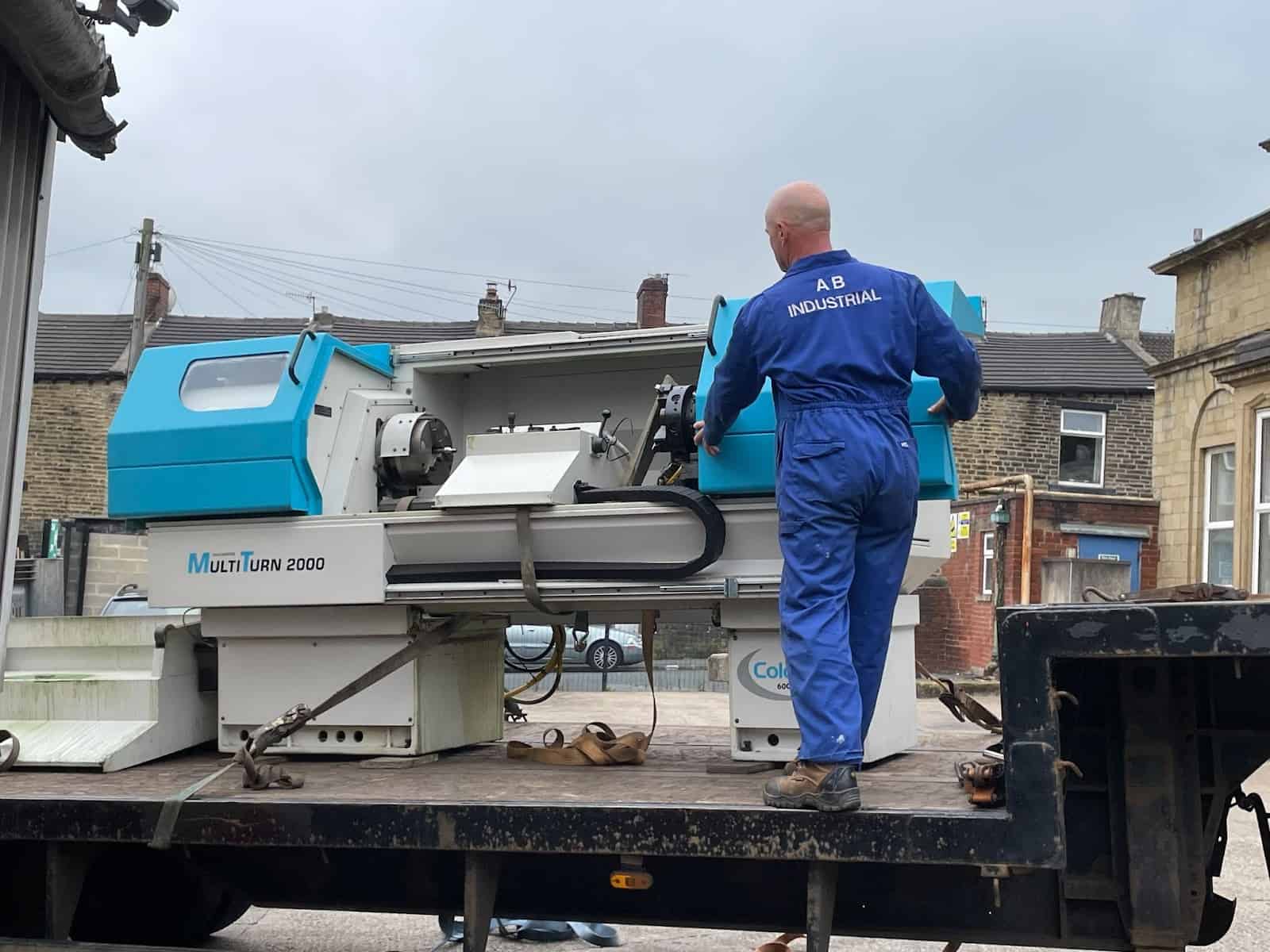At Keighley Laboratories we offer a wide range of mechanical testing and engineering services to customers from a variety of industries.
Our testing facilities mean that we are able to offer different types of technical services including Mechanical Testing, Non-Destructive Testing, Metallographic Examination, Chemical analysis, Failure Investigation and other services.
In this series of blogs, we explore each type of testing in even more detail, finding out about the different types of testing techniques and processes. In this blog we will discuss the range of different types of mechanical testing.
1. Compression and Tensile Load Testing
Compression and Tensile Load Testing are important types of mechanical testing that are used to evaluate the strength and performance of materials, components, structures and responses to heat treatments.
Tensile testing involves applying a tensile force to a material (metallic or non-metallic ) or component in order to measure its response to the applied force.
This is typically done by attaching the material to a tensile testing machine and pulling on it until it breaks. The results of the tensile test provide valuable information about the material’s tensile strength, yield strength, elongation, and other mechanical properties.
Compression testing is used to evaluate the performance of a wide range of materials, including metals, plastics, composites, and concrete. It is commonly used to determine the compressive strength of materials, as well as their modulus of elasticity, which is a measure of how much a material will deform under a given load.
It is also used to evaluate the compressive behaviour of structural elements, such as beams and columns, and to design and verify the performance of structures such as bridges and buildings.
The Benefits of Compression and Tensile Load Testing
Quality control: Compression and tensile testing can be used to ensure that materials and structures meet specific strength and performance requirements.
Design optimisation: Testing allows engineers to evaluate the performance of materials and structures under different loads, which can help them optimise the design of products and structures.
Safety: Testing can help identify potential failure points in materials and structures, which can be used to improve safety and prevent accidents.
Product development: Testing can be used to evaluate the performance of new materials and designs, which can help companies develop better products and improve their competitiveness.
Research: Testing can be used to study the properties of materials and structures, which can lead to the development of new materials and technologies.
2. IMPACT TESTING
Impact testing is a method of evaluating the relative toughness or brittleness of a material by measuring its resistance to fractures or breaks due to a sudden, impactful force.
This type of testing is often used to evaluate materials for use in applications where they may be subjected to impact loads, such as in the construction, manufacturing, aerospace, and automotive industries.
There are two main types of impact testing: CHARPY testing and IZOD testing. Both methods involve striking a notched test specimen with a swinging pendulum and measuring the amount of energy required to break the specimen (energy absorbed).
The CHARPY test specimen is typically supported on two supports and is struck at the point where the notch is located. The amount of energy required to break the specimen is typically expressed in terms of the height of the pendulum at the moment of impact.
IZOD testing, also known as IZOD impact testing, is similar to CHARPY testing, but the test specimen is supported on one end and is struck on the other end by a falling pendulum.
The amount of energy required to break the specimen is measured and expressed in terms of the height of the pendulum at the moment of impact.
CHARPY impact testing can be performed at a range of temperatures, generally from ambient to sub zero (-196oC using liquid nitrogen), in order to evaluate the impact properties of materials at different temperature conditions.
The Benefits of Impact Testing
Helps to determine the relative toughness or brittleness of a material: Impact testing can help to identify the relative toughness or brittleness of a material(as well as brittle temperature transition), which can be useful in selecting materials for use in applications where they may be subjected to impact loads.
Assists in product design and development: Impact testing can help to identify the materials and design configurations that are most suitable for use in products and components and their operating environments that may be subjected to impact loads. This can help to improve the performance and reliability of these products.
Helps to identify potential failure modes: Impact testing can help to identify potential failure modes in products and components that may be subjected to impact loads. This can be useful in developing prevention and mitigation strategies to reduce the risk of failure.
Improves safety: Impact testing can help to identify materials and designs that are more resistant to impact, which can improve the safety of products and components.
Enables performance comparisons: Impact testing can be used to compare the impact resistance of different materials and design configurations, which can be useful in optimising the performance of products and components.
3. Hardness Testing
Hardness testing is a method of measuring the resistance of a material to permanent indentation or scratching. It is a commonly used mechanical test in materials science and engineering.
The hardness of a material can provide information about its strength, wear resistance, and other properties that are important for a wide range of applications.
There are several different methods of hardness testing, each of which measures hardness in a slightly different way. Some of the most common methods include:
Rockwell hardness test: A small indenter, typically a diamond or a tungsten carbide ball, is pressed into the surface of the material being tested with a known load. The depth of the indentation is measured and used to calculate the hardness of the material.
Brinell hardness test: A large tungsten carbide ball is pressed into the surface of the material being tested with a known load. The diameter of the indentation is measured and used to calculate the hardness of the material.
Vickers hardness test: A diamond pyramid indenter is pressed into the surface of the material being tested with a known load. The diagonals of the indentation are measured and used to calculate the hardness of the material.
All these tests have their specific use cases and range of application. The choice of hardness testing method will depend on the type and size of the material being tested, as well as the specific properties that are of interest.
The Impact of Hardness Testing
Strength and durability: Hardness is a measure of a material’s resistance to permanent indentation or scratching, which is directly related to the material’s strength and durability. By measuring the hardness of a material, engineers can determine how well it will perform in its intended application and make any necessary adjustments to improve its performance.
Quality control: Hardness testing is an easy and efficient way to check the quality of a material or component. By measuring the hardness of a material or component, engineers can ensure that it meets the required specifications and that it is fit for its intended use. It can also be used as a rapid verification of a response to heat treatment.
Efficient: Hardness testing can be performed quickly, making it a time-efficient way to evaluate the properties of a material or component.














